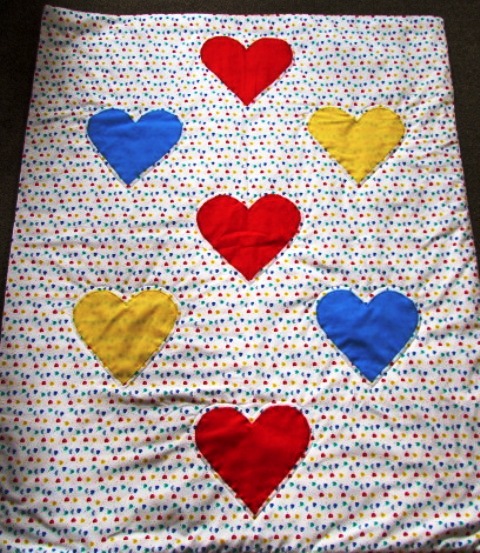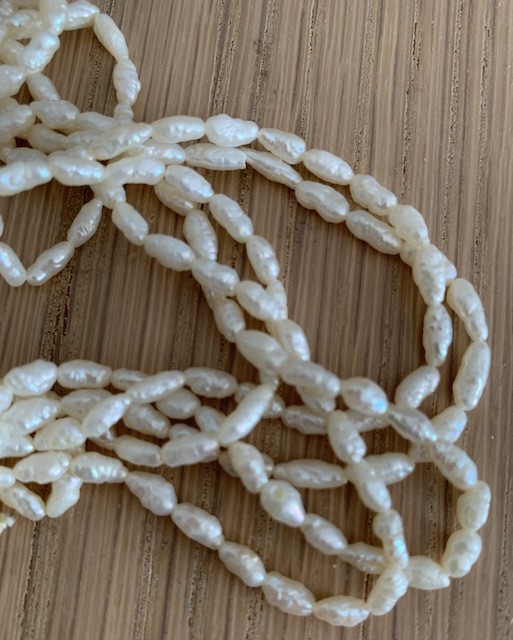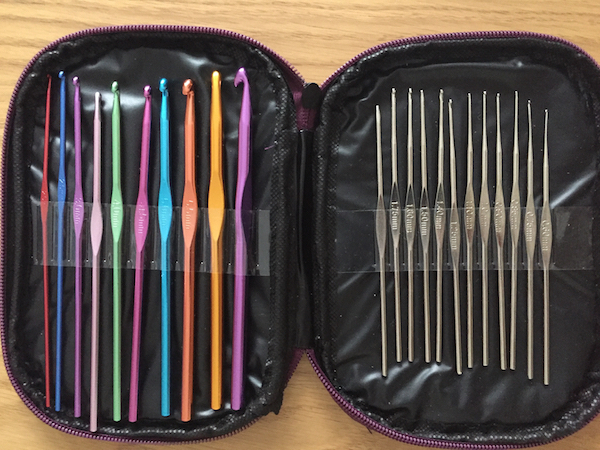Bordered Cushions
Like a frill, bordered cushions can make the size of a cushion seem larger than it really is.
The types for borders are either single, double or padded. They can be used along with other decoration such as piping or ribbon but are lovely enough not to need extra touches but the end result is entirely upon your taste.
Some other names for bordered cushions are Flanged and Oxford. The simplest type to do is extending the cushion size beyond the filling. This is also known as the false oxford as a proper oxford cushion has two borders.
These can be made using a cushion pad or by putting the filling directly into the cushion without an inner case. This would then mean the whole cushion will have to be washed when it needs to be cleaned. I personally prefer to have an inner case and remove the cover.
Although the actual pad needs to be washing every six months, or however often you prefer, the pad could loose its plumpness if washed too often.
Making a simple Bordered,Flanged or False Oxford cushion (without an inner case)
- The easiest way of making this design of cushion is by deciding on the finished size of your cushion.
- Cut out a front and back panel to the size you want. Sew around the edges leaving a gap to insert the filling.
- Turn right sides out. Decide on the width of your border and mark the sewing line with pins or tailor chalk.
- Top stitch along this line leaving a gap for the filling.
- Insert the filling into the middle of the cushion.
- Finish top stitching along the border sewing line to close the opening.
- The
gap at the border edge then needs to be closed by either slip stitching
it closed by hand or top-stitch around the whole edge of the border.
Making a simple bordered cushion cover (with an inner pad).
- Decide on the size of your cushion including the border width.
- Cut out a front piece to match the required size.
It can also be place
just beneath the bordered edge. Then the back will have to be cut
unevenly. For example if the finished cushion was 14 inches (35.5cms)
square then the back would be cut 10 inches (25.5 cms) and 4 inches
(10cms) with added seam allowance to include the fastening.
After deciding on where your fastening will be placed, cut out the back in two pieces and sew in your choice of fastening.
Return from Bordered Cushions to Cushion Design
Affiliate offers
Please take care with any soft furnishing that it does not come into contact with any heat source.
If you have found an error on this page or want some more information on sewing cushions.
Please contact me . Thank you



New! Comments
Have your say about what you just read! Leave me a comment in the box below.